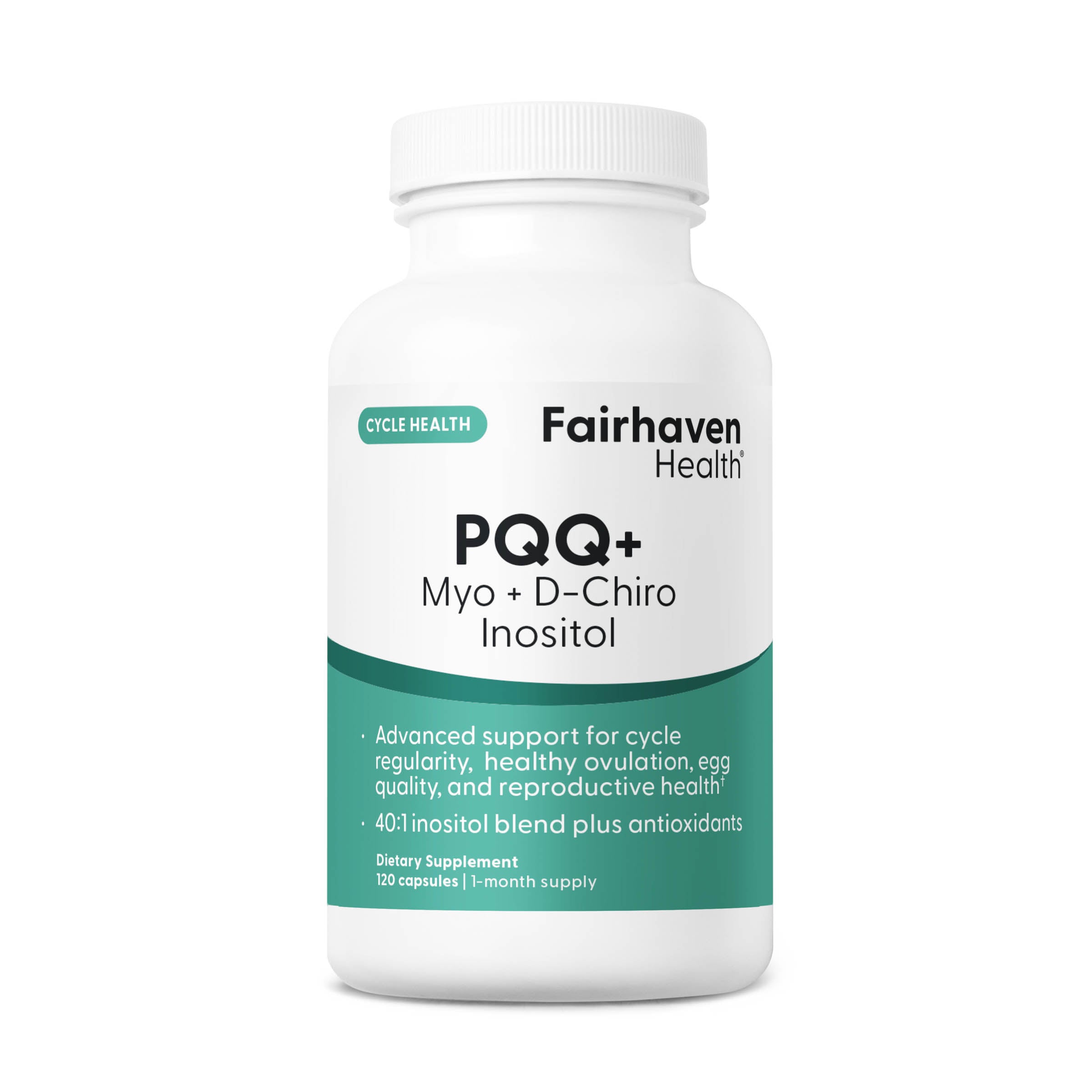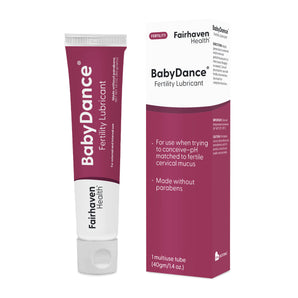Defining Ovulation and Fertility:
Related Article: Reproductive Hormones and Ovulation
Achieving a pregnancy today may require some extra effort and predictive footwork for some couples - particularly in a modern, fast-paced world where many couples are having babies later in life - with biological clocks that may be ticking somewhat loudly.
Fortunately, improving the likelihood of conception per discrete menstrual cycle is a direct co-efficient of several things you can control and directly manage. These include getting healthy, eating right, educating yourself about human reproduction and fertility, and understanding when you are most fertile each month. If you are considering getting pregnant, than consider talking to you doctor regarding the details of preconception health and getting off to a smart start.
Below, we will look at just one aspect of things you can do as you look toward bringing a baby on board. Self-education and fertility prediction. Today, you have tons of resources available, from Fairhaven Health to books like Toni Weschler's Taking Charge of Your Fertility. This article is dedicated to just the tip of iceberg - a definition of terms and biological processes that underlie female reproduction.
Definition: Ovulation [ov-yuh-leyt, oh-vyuh-leyt], verb. Biology: The biological process of producing and discharging eggs from an ovary or ovarian follicle .... from the French, ovule, from Latin ovulum, meaning "small egg," diminutive of Latin ovum or "egg".
Above you have a basic dictionary definition - the process by which a woman produces and releases an egg. Of course, behind this simple adumbration is a very complex process that involves numerous hormonal and biochemical transactions within the body. Taken together, these relays, transactions and bodily changes define a woman's menstrual cycle. The release of the ovule or ovulum is simply the telos or "goal" of the process, taking place around the middle of the cycle.
Underlying ovulation, the process begins in the brain through a complex interplay of hormones and chemical reactions modulated by the hypothalamus and pituitary gland. At the beginning of the menstrual cycle, hormones like FSH and LH help support the maturation of an egg, which is contained in the ovary - or more specifically, the ovarian follicle. Click the link to read more about Reproductive Hormones and Ovulation.

During this first part of the cycle, other hormones like estrogen assist in preparing the body for a pregnancy (for example, the lining of the uterus thickens with blood vessels and tissue). Near the middle of the cycle, a rapid increase in the amount of the LH hormone causes a "hole" to manifest on the surface of the ovarian follicle. At this point, a mature egg is discharged through the decaying surface of the ovarian follicle and into the fallopian tube where it is swept toward to womb. Fertilization must take place within the next 24 hours for conception and a pregnancy to ultimately be achieved.
For women, the fertile phase of the cycle is defined when conception becomes possible - the days just prior to and during ovulation. The average day for the release of the egg is day 14 of a 28 day menstrual cycle. Of course, cycle length does vary quite a bit, and it is normal even among women with 28-days cycles for ovulation to occur a bit earlier or later than day 14.
Ovulation Facts: For tying-to-conceive couples, here are the facts that are important when it comes to predicting ovulation and timing intercourse to achieve a pregnancy.
-
First, as indicated above, the ovum or egg must be fertilized within a 12-24 hour time window after being discharged from the ovary (follicle). After 24 hours, the egg simply disintegrates and conception is no longer viable.
-
Typically, one ovum is discharged each menstrual cycle at ovulation. However, more than one egg can be released, and there is some debate currently on if it is possible to ovulate twice during a single cycle.
-
The regularity of ovulation (and the menstrual cycle more generally) can be impacted by diet, insomnia, stress, sickness or jet lag. Hormonal balance is important to regular ovulation.
-
If an egg is fertilized by a sperm cell, conception has taken place. However, for a pregnancy to be initiated, the fertilized egg must implant in the womb. Implantation occurs about a week after you ovulate, after the cells of the embryo have multiplied/developed to a certain point.
-
You are born with all the eggs you will ever have - your ovarian reserve. However, don't be overly concerned as the number of immature ova count in the millions. Ovarian reserve refers not just the number of eggs, but also to the ability of eggs to mature through the hormonal and biological processes of folliculogenesis.
-
Some women experience physical symptoms of ovulation - either pain or generally "intuited" feelings or body-knowledge. The discharge of the egg can indeed cause pain in the lower abdomen. It is also possible, though rare, for minute traces of blood - or spotting - to accompany the discharge of the ovum.
-
As the occurrence of ovulation is preceeded by a number of hormonal changes (in the estrogens and in LH), ovulation tests and fertility monitors can help you predict, with great accuracy, when ovulation and high fertility will occur.
-
Following ovulation, during the second half (or luteal phase) of your cycle, your body will heat up due to the release of yet another important hormone, progesterone. Women measure daily changes in body temperature in order to know when they ovulate. Over time, temperature data yields patterns for predicting when you will likely ovulate and become fertile.
To learn more about the stages and phases of ovulation, click here.







